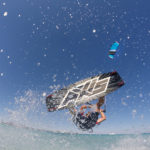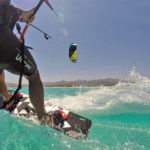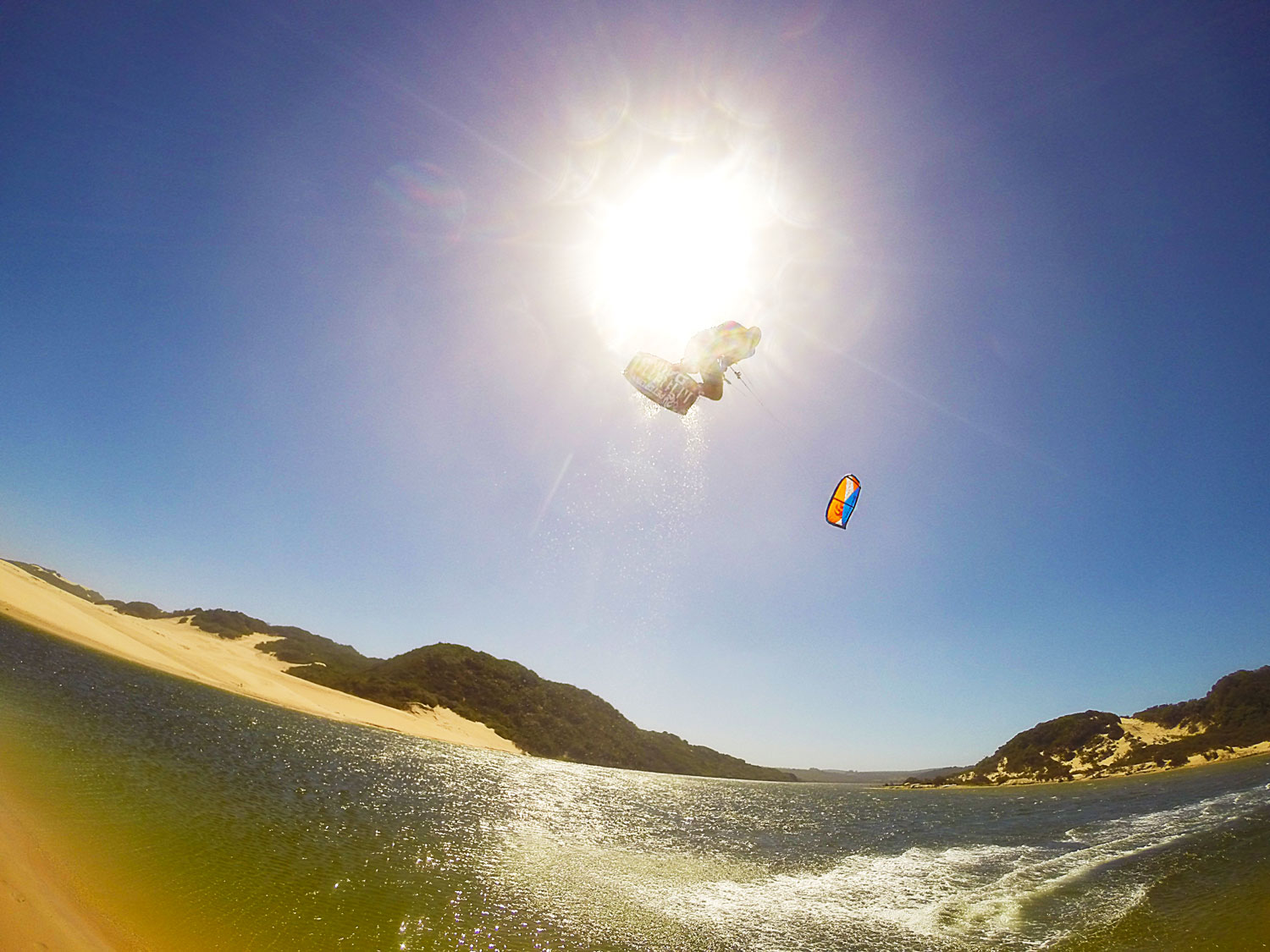We’ve all been there; just got the action cam, the water casing the basic mounts.
So with excited anticipation, you charge it up, stick some old mini sd card you retrieve from an old phone, dig your old helmet out, stick the mount on, look at yourself in the mirror and think you look like the droid in star wars. But who care,  you are already dreaming of a far away galaxy where you will show the universe your most hardcore trick. You generally  have a little thought about “What if it comes off?” but brush it aside in the excitement. You spend a few hours trying to understand all the settings but invariably settle on just going with the high quality video. You can always lift the stills right?  and then wait for the first day of wind.
Then the day arrives, it’s blowing, you almost foaming at the mouth at the thought of getting your moment of fame in the pro kiteboarding video game, to getting showered with compliments and reaching god like status on Facebook amongst your admirers. You stick your Star Wars helmet on, switch the camera on, head out and ride like you’re competing in the red bull kind of the air final, until you are absolutely shattered.
Invariably, disappointment awaits you…Â Using an action cam and getting results is just not that simple. If it’s not lying at the bottom of the ocean maybe these next few blogs can help you.
I’m gonna try and highlight some stumbling blocks I have come across in the last few years dealing with the various aspects.
The Camera
As a rule of thumb, you do get what you pay for with the odd exception. I would say do some extensive research on the various models out there. There are some great sites where you can compare the various makes and models.
In a World of  WVGA ,720, 1080HD, K4 , things can get pretty confusing. Most people don’t understand the various formats and rightfully, it’s easy to get caught up on the technical jargon.
“Hey I should buy the new one cause it has 4K facility and can be operated by farting”
Well firstly can your computer can process 4K? Can your editing software (yes you will need that too) deal with it?  And farting will be a problem in 20 knots of wind (yes we are dealing with action cams in a kiteboarding setting)
So my advice with regards to specs, is also look at the stills options, resolution, burst frame capabilities and overall quality of still shots. I will highlight later why that is also important.
The latest cameras claim to have stabilisation which is a very exciting prospect as it is the most annoying aspect of the action cam footage. I haven’t tested it personally but look forward to it (once money grows on trees)
The cam probably also didn’t come with an SD card. And your choice of SD card will be crucial to getting the most out of the cam. It has to be class 10, but the faster the better. Don’t skimp on this. It would be like putting retreaded tyres on a formula one car. Get the biggest, fastest that you can afford. Nothing worse than your action cam freezing up in those perfect conditions cause you wanted to save a few bucks.
The Settings
Video:
The first question you want to ask yourself is what are you planning to do with the footage?
The Second one is what are you going to use to view /Edit the footage on?
For example if you planning to do semi pro work with slow motion shots, a high frame rate is important (60fps) If you planning to show it to your buddies on the company big screen, resolution (HD 1080 or more) is important.
The latest action cams tend to really offer some amazing performance, but knowing what you want to do first and your hardware limitation is important for your settings.
The best quality is great but not always best suited for what you want. For example slow motion shots need higher frame rate rather then size to get a smooth finish. There is a lot of info out there on all this from people who know way more than I do. Go looking!
Photo:
Yes photos are cool. Let me say that again, Photos are COOL! I see so few people taking pics with their action cams and it’s a real pity. They are easy to share, easier to edit and enjoyable by all on many platforms.
To make videos cool, you need it to be steady, to edit, to put some music to it and to have a lot of angles, you need time. Â Photos are way easier and quicker to deal with, they are however more difficult to set up. Specific post on that coming up.
But for the settings go with the highest resolution available if you are using stills settings.
You can look at lifting stills from 4k video, but again generally you need to know what you are going after first.
Dealing with the water housing
Lets get this out of the way: Action cams get hot when they run, the air and water around it is colder, this will always result in condensation. I’ll be very surpised if it didn’t happen on your first run. I’ve come across a lot of internet tips some less practical than others: use a blow-drier to get the moisture out (we all have one of those lying around just before heading out), Keep your casing in the fridge (try that in the african sun) Blowing on the cam if condensation occurs (try that when it’s on a line mount)
However, anything which can help absorb condensation in the casing is good. You get little rectangle moisture absorbers, if you don’t have any anti fog inserts, fold toilet paper and stick it in.
If the cam has been lying in the sun or in the heat of the car, I open it up and air it out before launching (with dry hands, Wet hands are a killer!). This equalises the inside and outside temperatures.
Another way of avoiding condensation during operation is to switch the cam on and off, and, of course, if it has a back screen make sure it is off. Not only does it produce more heat but it also chews the battery up.
The more heat it produces the worse it is. Using wi-fi also causes more heat but is a necessary evil when operating via remote. Also be gentle with your casing when opening and closing. I replaced my plastic clip with an aluminium one to avoid frustration on the beach with broken plastic clip.
And get a floaty door, Cause if it does come off and the safety leash of the cam breaks you have a better chance of spotting it on the surface or of it washing up on the beach. However be warned, on some line mounts, you’ll have a struggle fitting it with a floaty door (more on that in a later blog)
Next blog will be about the various options of where and how to set up your cam.














